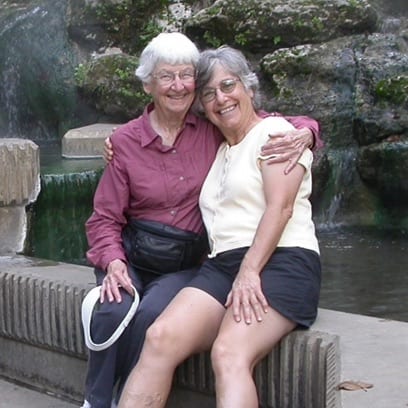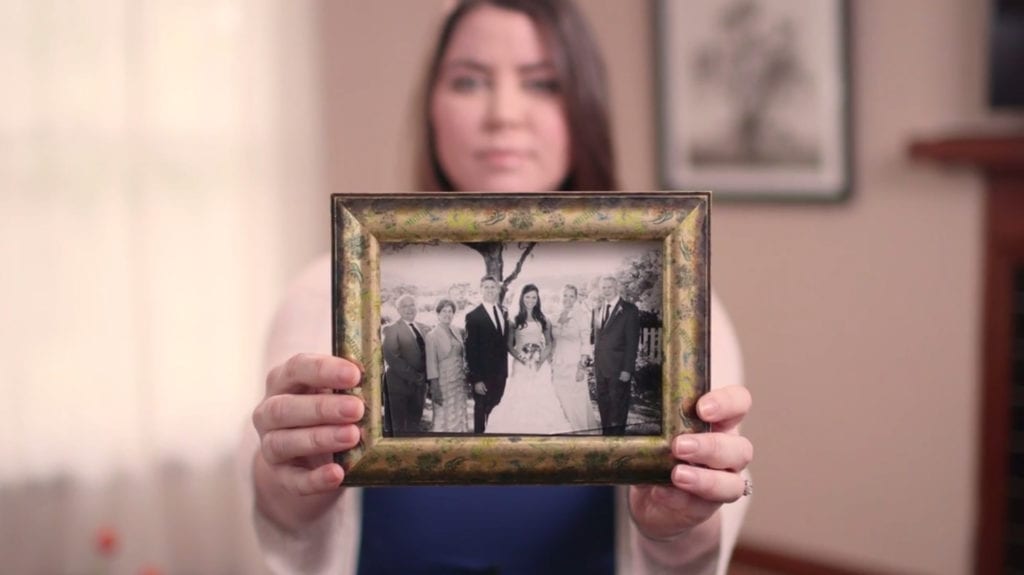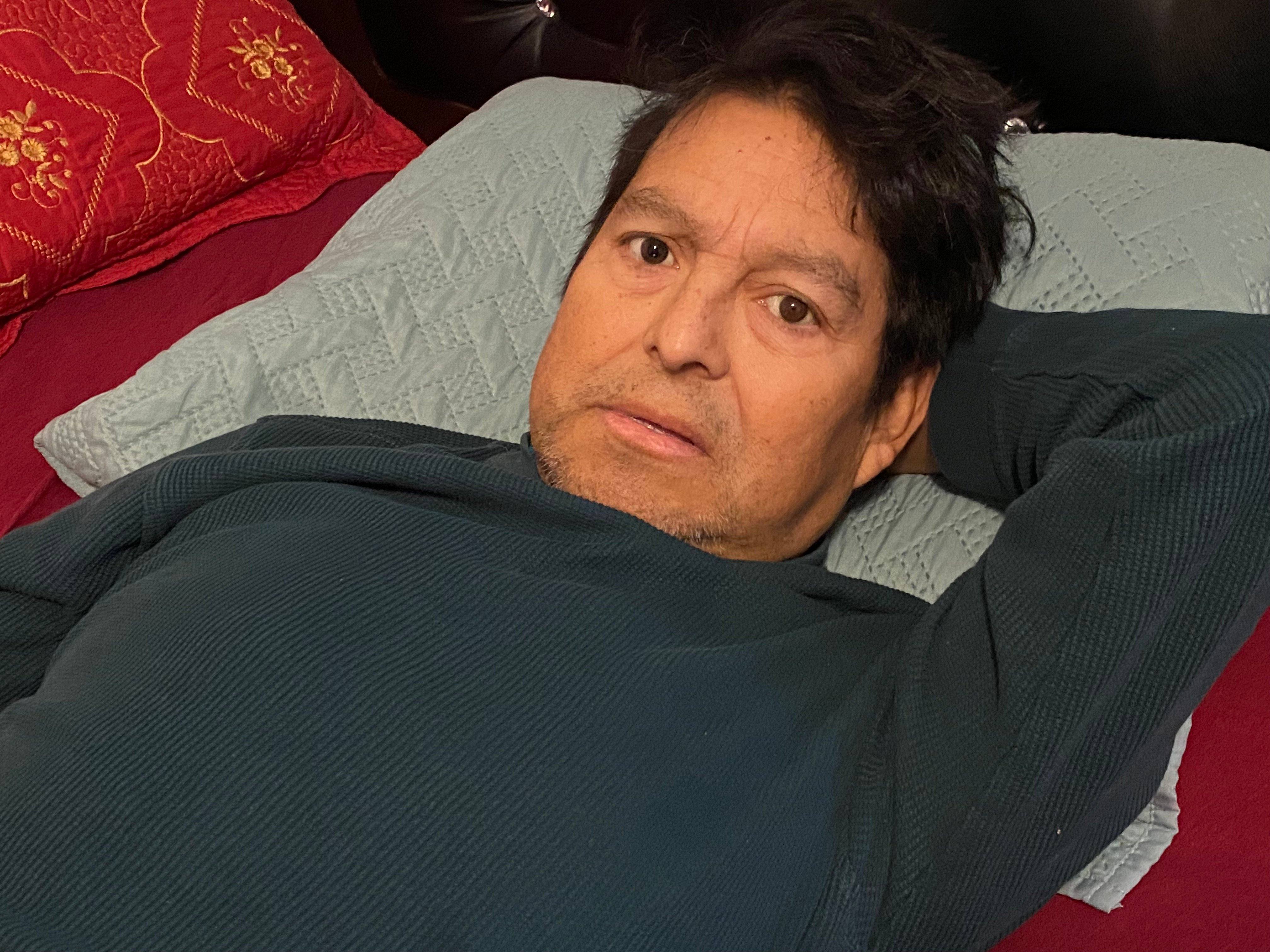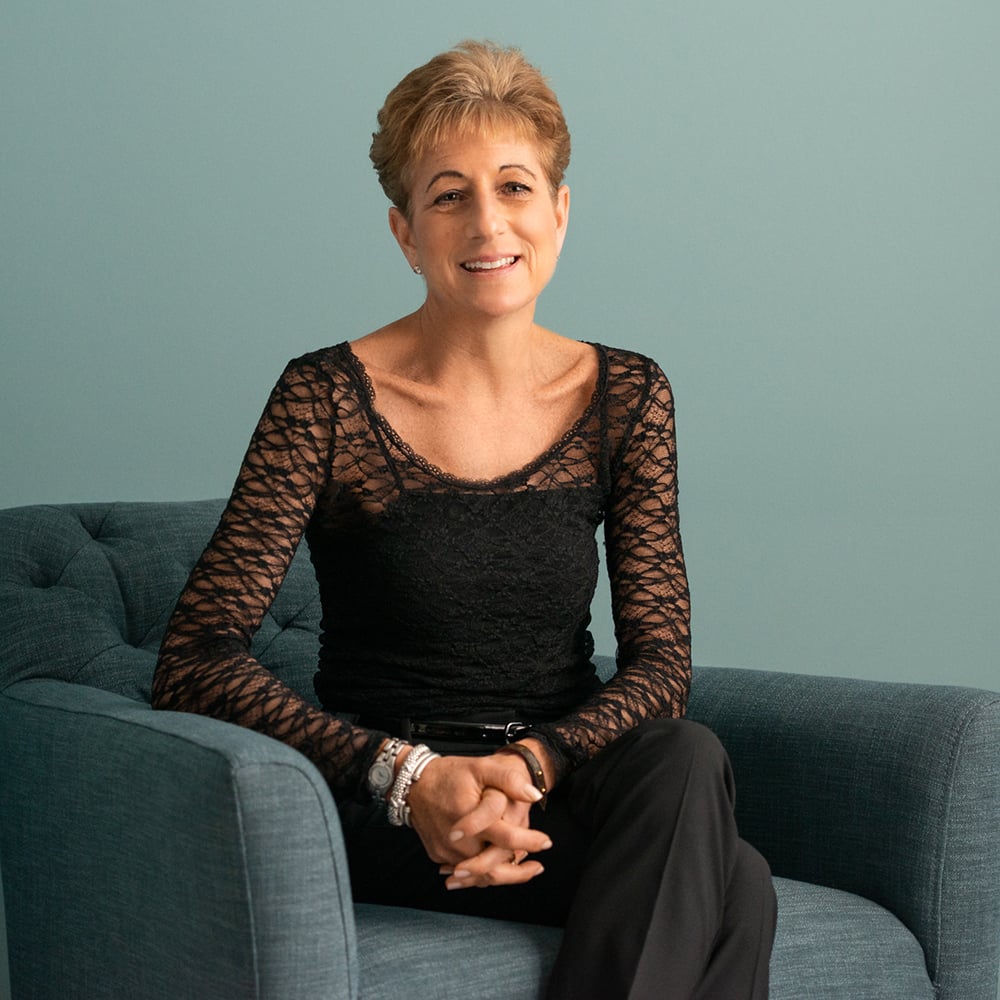My mother, Beverly Shulman, died in 2017 at age 89 from incurable metastatic colon cancer. To my mom, life meant service to the community. She taught in an inner-city elementary school until she was 75 and then immediately began volunteering as a docent at the Natural History Museum and as a reading and math tutor for adults and children.
My mother was full of energy and curiosity — no day was complete without reading the newspaper, going to a current events class or the theater, and being active — preferably walking to grocery stores, parks, restaurants or on travels around the world. We called her the “Energizer bunny.”
But, at age 88, my mother was diagnosed with colon cancer — it had already spread to her liver, and she had abdominal pain and fatigue. My mother lived in California, which had passed the End of Life Option Act, a law very similar to the proposed legislation in New York.
Mom had been a long-time supporter of medical aid in dying. She had watched her own mother die of cancer, in pain, in a nursing home, cared for by strangers; it was agony for both of them. Several years before her diagnosis, mom told me that if she developed a terminal illness, she wanted to move to Oregon in order to have the option of getting an aid-in-dying prescription. When California passed its medical aid-in-dying law, mom was so relieved that she wouldn’t have to leave her home to have that option if the need for it ever came.
My mom didn’t want to die; she really enjoyed her life. But she was a realist — as the joke goes, “none of us are going to get out of here alive.” She accepted that death was inevitable and that with a terminal illness, her quality of life might decline to the point where she would prefer to have the end come earlier, on her own terms.
After her diagnosis, my mother interacted with a succession of doctors. Mom told each one that she wanted to receive the aid-in-dying prescription. Her primary care doctor was not comfortable giving the prescription himself and referred mom to palliative care, where the specialist treated mom for her pain, as well as agreeing to serve as the attending physician if mom wanted to receive medical aid in dying under California’s law. Her surgical oncologist agreed to be the consulting physician.
After her diagnosis, my mother had surgery to remove the tumor in her colon, which — after recovery — gave her good quality time. We went on road trips to beaches, deserts, and mountains, and to visit her grandson in San Francisco. But inevitably, the tumors in her liver multiplied and grew; the pressure was causing pain and mom became more and more fatigued.
Both the consulting and attending physicians determined that mom had less than 6 months to live, and they began the formal process required by the law. My mother told both doctors, in one-on-one conversations, that she was requesting the prescription; she also made the request in writing. She repeated the oral request 2 weeks later, as required. The attending physician gave the prescription and it was soon filled at a pharmacy.
My mother knew that she could take the prescription at any time, or never, and she had the prescription for two weeks before taking it. Her health continued to decline rapidly. She was spending more and more time in bed, had no energy to prepare meals, watch the news, or walk out the front door. Personal care was becoming increasingly difficult and soon she would need full-time health aides.
My mother was a very private, reserved, and independent person. She did not want strangers in the house helping her take care of personal needs. On recommendation from the palliative care doctor, mom was receiving hospice care, but found the nurses’ visits intrusive — she really didn’t want more care. She could accept it if it would lead to a healthy life, but she looked forward and knew that her quality of life was only going to get worse.
When my mother told me it was time, my sister and both our husbands all came to be there with her. We decided to make it a celebration of our love for our mother.
Mom had a collection of wonderful T-shirts from the natural history museum — dinosaurs, butterflies, bugs. We all donned one of those T-shirts for our last day together and took pictures of the five of us with our arms around one another.
After taking the anti-nausea medication, my mother had an hour before it would be time to take her aid-in-dying prescription. She said she would normally take a shower in the morning, but joked that she didn’t see the point when her body was going to be cremated. I reminded her how much she enjoyed feeling the warm water falling on her neck and shoulders and she smiled and we helped her into the shower.
When the time came, she lay on her own bed, in her own home, with her daughters at her side — holding her — and swallowed her prescription. Within a few minutes, she slipped gently into unconsciousness. For the following five hours my sister and I, and our husbands, were at her side — cuddling, talking and singing to her as her breathing changed, slowed and eventually stopped. It was such a peaceful, gentle, truly beautiful way to end a life.






